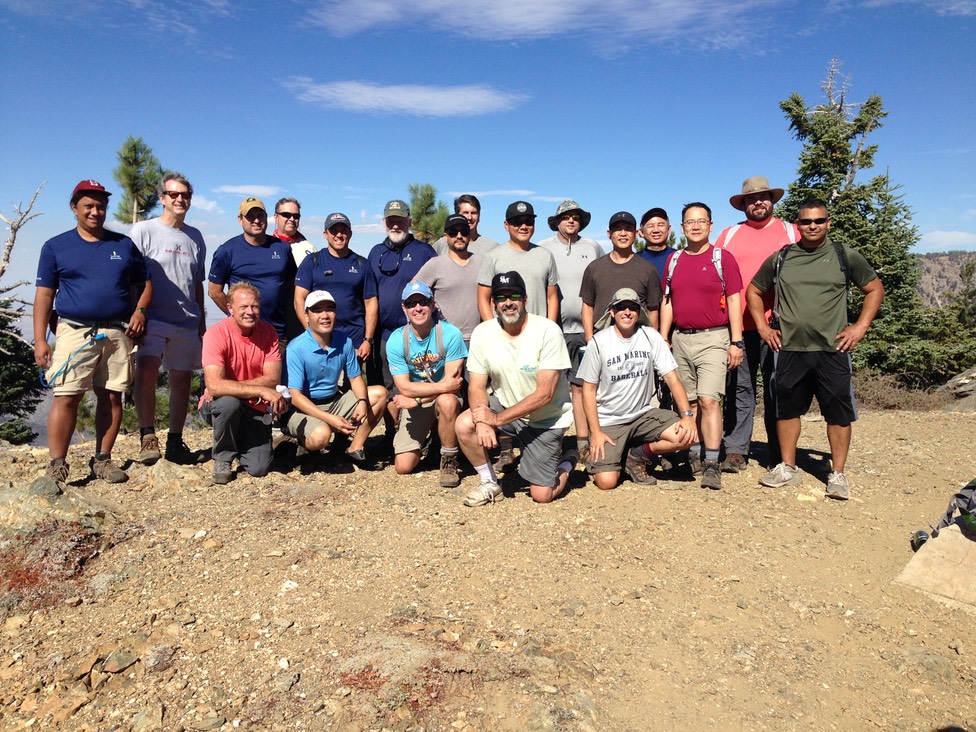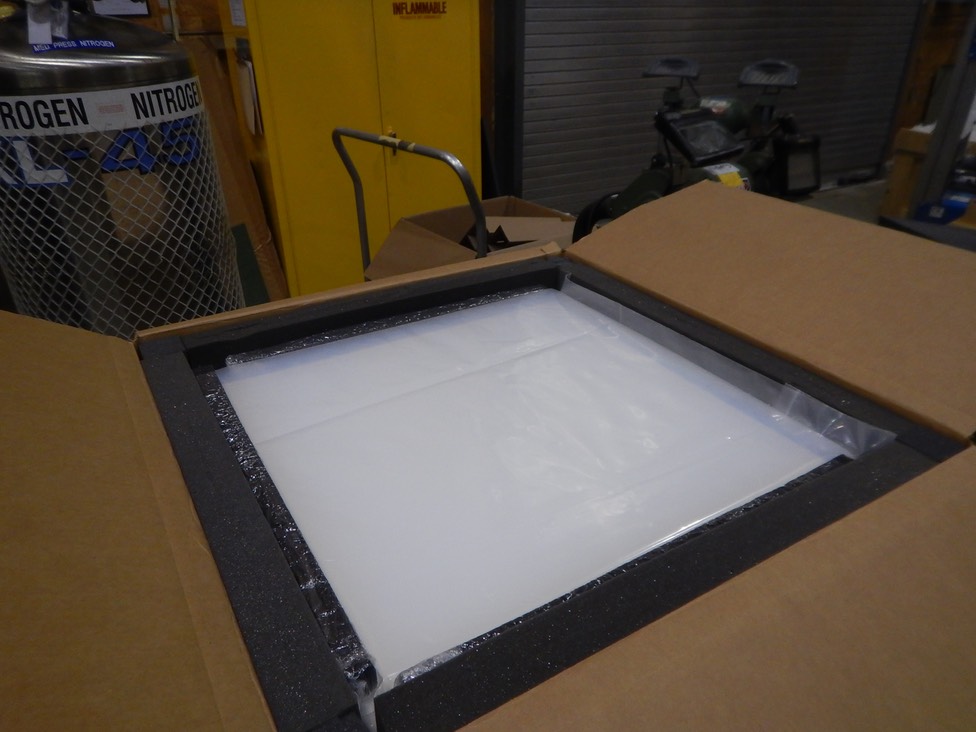Allan's Photoblog
Little Jimmy backpacking
I went with W on our third backpacking trip with his Boy Scout troop. It was to Little Jimmy, in the San Gabriel Mountains. It’s our third intro to backpacking trip with this troop, and of the three, it was probably the easiest: 2.1 miles from parking to destination, about 800 ft elevation change.
That doesn’t mean it was easy, though. At least not for me.
We got a ride with Bill, who is our troop’s tour coordinator. His son was unable to go at the last minute. We were also supposed to give a ride to L, one of W’s patrolmates and also schoolmate, but he also cancelled at the last minute. W was disappointed — as was I — because nobody else from his patrol went on the trip.
Fred, one of the dads and ASMs, had one of soles on one of his hiking boots fall off at the heel during the hike up, so he took off his socks and put them on the outside. That didn’t work long afterward, when someone finally found some duct tape in their packs. The duct tape wasn’t a permanent solution, either.
After we set up our tent at the camping site and had some sandwiches for lunch, W, exhausted, took a nap.





Mid-afternoon, most of us hiked from our campsite to Mt. Islip, where we got a panoramic view all the way from Los Angeles in the south to the desert to the north. W and the other boys found a geocache at the peak and left messages.
The dads got a group photo, and one dad joked “This is the saving-my-marriage photo!” (e.g. proving he really was out backpacking with his son).

The return on Sunday was much easier — downhill most of the way, though my joints took a pounding. We got cans of root beer at the end, which was like ambrosia after that trip.
Hah!
I love it!
(From this article, which I clicked to while reading this other article. The primary data sources are referenced in the figure itself.)
Shipping and Receiving (aerogels)

I went to Goddard last week to retrieve our SuperTIGER aerogels and have them shipped back to Caltech. For a long time, the Goddard guys didn’t want me to take any of them back, for fear of the consequences of opening up the detectors. On the other hand, I wanted all of them back, since we hadn’t seen them or tested them in three years or more. All that time in Antarctica may have had some effect, but we simply couldn’t know without testing them.
John K. finished preparing the shipping boxes and crates for us while I was on vacation, and then the Tuesday after I got back, they were picked up and shipped to GSFC. When John K. and I traveled to GSFC, the shipping crates and other packing material were there waiting for us.
Thomas, Frank, John M., and others from the GSFC crew helped us get access to the aerogel Cherenkov detectors, and when I finally got a good look at the aerogels, I finally started partially agreeing with the GSFC guys.
First off, the aerogels were pristine, looking as they had when we first delivered them years ago, at least as far as I can recall.
Second, the Goretex lining the detectors was also in very good shape, so opening the detectors put them at risk of contamination.
And finally, the aerogels were in a location that made working very difficult, especially given how delicate and sensitive to humidity (e.g. sweat) they are.
On Tuesday, John K. and I detached four n=1.043 aerogels from the Module 1 detector, but we decided to leave them inside the detector under nitrogen purge overnight, so we could get back to our hotel rooms and rest. (Both of our flights had been delayed and diverted to other airports by weather over Baltimore, so I got in just before midnight on Monday night, and John K. got in at almost 2 AM that same night.)
Tuesday night, I decided that four of the n=1.043 aerogels and one n=1.025 aerogel would be a sufficient sample of the aerogels for us to ship back and examine. More aerogels just increased the risk, and fewer would be only a little better than a spot-check.
So on Wednesday, John K. and I finished packing up the four first aerogels in cushioned “pizza” boxes. Then, with Thomas’ help, we opened up the Module 2 aerogel Cherenkov detector and retrieved one n=1.025 aerogel. By the end of the day, we had packed everything in crates — after I double-checked John K.’s packing and re-did the packing in order to loosen the pizza boxes nestled in the shipping crates. Too much packing, too rigidly, would transmit vibrations more effectively from outside the crates to the pizza boxes and aerogels. And of course, too little packing would jeopardize the aerogels by having them rattle around.
Thursday morning, after a deliberately late start, I checked out of the hotel (having changed to an earlier flight), and we went back to the lab to double-check the packing, put in letters to the TSA to please be careful, and finally close up the shipping crates for Friday pick-up.
Finally, John K. drove me to the BWI airport, where I hung around and had lunch before flying home.
Yesterday, the crates arrived at Caltech. I opened the crates, opened the pizza boxes, inspected the aerogels — all were undamaged by shipping — and stored them in our storage facility.